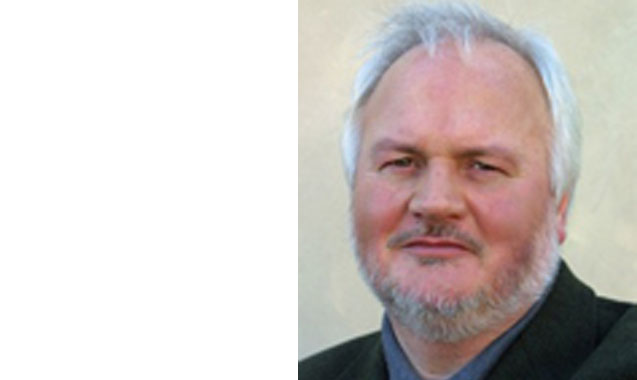How not to be a great cathedral
On Monday evening I went to the Not the St Paul’s Cathedral Service to celebrate the 150th anniversary of Hymns Ancient and Modern. It had been transferred at the last minute to Southwark Cathedral after Wren’s great building to the north of the river was closed to the public because of the tents of a group of anti-capitalist protestors. After the service I crossed the Wobbly Bridge between the two worlds.
The encampment of perhaps 100 small nylon tents with half a dozen little marquees nestled in the lee of the north side of the cathedral and to the side of the steps at the great West door. Neat little pathways had been made between the tents. There was a wider fenced passageway to the entrance to the crypt. The north transept doors, and the fenced churchyard around it, were clear. It was contained rather than sprawling.
Outside the food marquee was a board asking for donations which began with soya milk and concluded with prepared meats. To the side a different hand had added in capitals NO MEAT. This is a coalition of paradox, as its ragbag of demands – from an end to bankers’ greed, NHS reforms and McDonalds hamburgers to calls for action on climate change and new homes for the Dale Farm travellers – demonstrated.
What the protestors called a General Assembly was underway. It had been advertised to start at 8pm but a large group had gathered 40 minutes earlier. The protestors claim not to have leaders but a woman was up at the front with a microphone, trying to resist moves from the impatient gathering to start the meeting early. She was unsuccessful. The meeting began, disenfranchising anyone who was due to arrive at the appointed time.
There was an emotional incontinence about that – and the subsequent proceedings with its formula of hand-signals the audience was instructed to use to indicate approval, or otherwise, of what speakers were saying before they had even finished talking.
But for all the irrational immediacy, and the lack of political coherence about their utopian idealism, the protestors were giving vent to a frustration which is felt by all those ordinary folks who have lost their jobs, homes or public services or seen the value of their pensions slashed by two-thirds over the past three years thanks to the malfunctioning and injustices of the global financial system. And they were doing so, for all their physical and intellectual messiness, without any sense of threat or menace.
Few of them, one suspects, would have disagreed with the words of the Timothy Dudley Smith hymn we had just sung:
How shall we sing salvation’s song when justice stands denied,
when greed and tyranny and wrong prevail on every side ?
Shall silent fall our voice of praise?
Lines like those, and so many others from the scriptural readings of the days since the cathedral grounds were invaded, have leapt out boldly to ask why the authorities at St Paul’s have repeatedly failed to see that the demonstrators in their yard are raising theological and political issues which go to the heart of the Christian understanding of the need to stand in solidarity with the widow and the orphan, the poor and oppressed.
Instead they have treated the demonstration as a mere building issue with shockingly venal statements about income, tourists and concerns about health and safety which the fire brigade and Health & Safety Executive have conspicuously failed to endorse.
The church has a prophetic as well as an institutional role. It should be facilitating a dialogue between the protestors and the financiers about how capitalism can be made fairer and more just. That is one of the key roles of a cathedral in the heart of global finance. The idea of ejecting the protestors by force is an abdication of that responsibility – and the abandonment of an important opportunity for witnessing to the values of the gospel.
from the Church Times
Trackbacks and Pingbacks
Comments are closed.

 Follow
Follow
As ever, symbols speak louder than words. Giles Fraser’s resignation speaks loudly in the face of closed doors.
St Paul’s Institute seems to have been set up specifically to facilitate a dialogue about fairer and more just capitalism.
It “exists to engage the financial world with questions of morality and ethics” & “to recapture the Cathedral’s ancient role as a centre for public debate” & “to foster an informed Christian response to the most urgent ethical and spiritual issues of our times.”
As you say, Occupy LSX seemed a good opportunity to do this.
But neither the Cathedral nor the Institute grasped it.
Was it too big an ask? Is it way out of the comfort zone of panel discussion and ticketed events – even sermons? Were they unable to negotiate (with the protesters) a satisfactory method of discussing these things? Did they lack the confidence, skills and experience? Were they conflicted or did they just not care enough about the issues to find a way to do it?
Imagining what might have been, I wonder what the Institute’s conventional approach will achieve now.